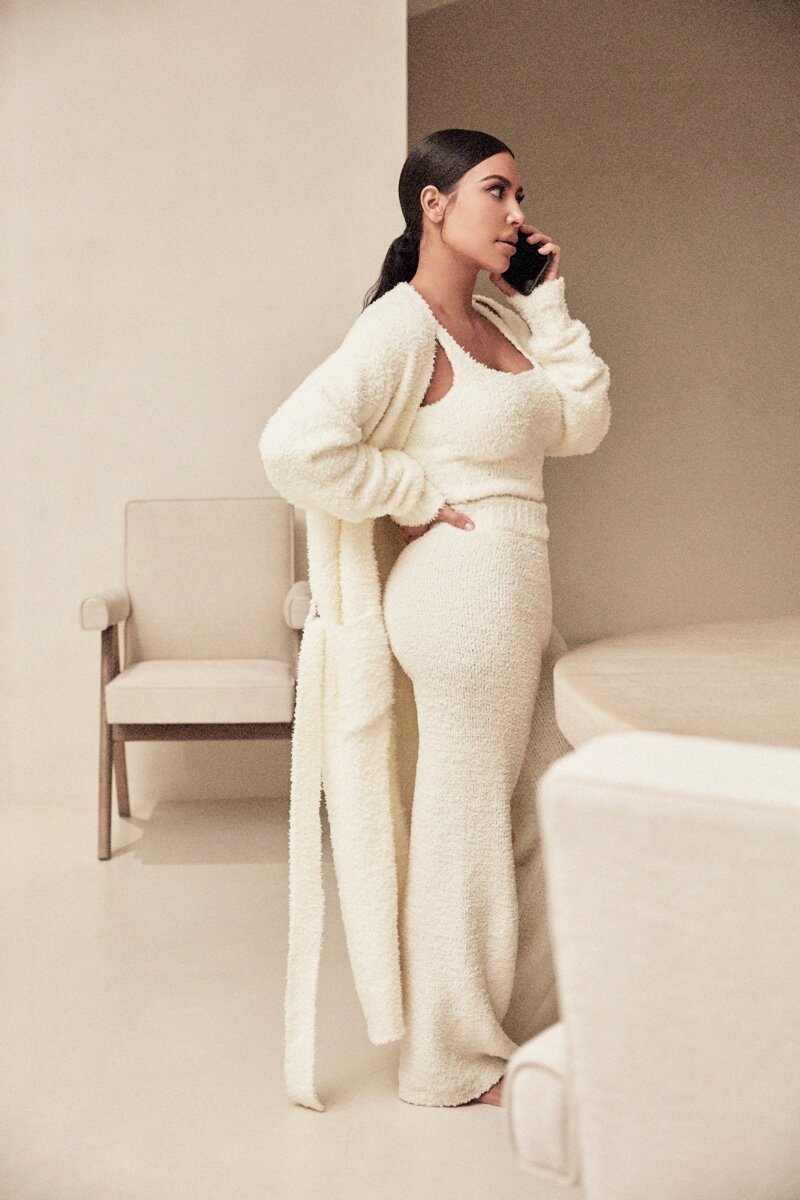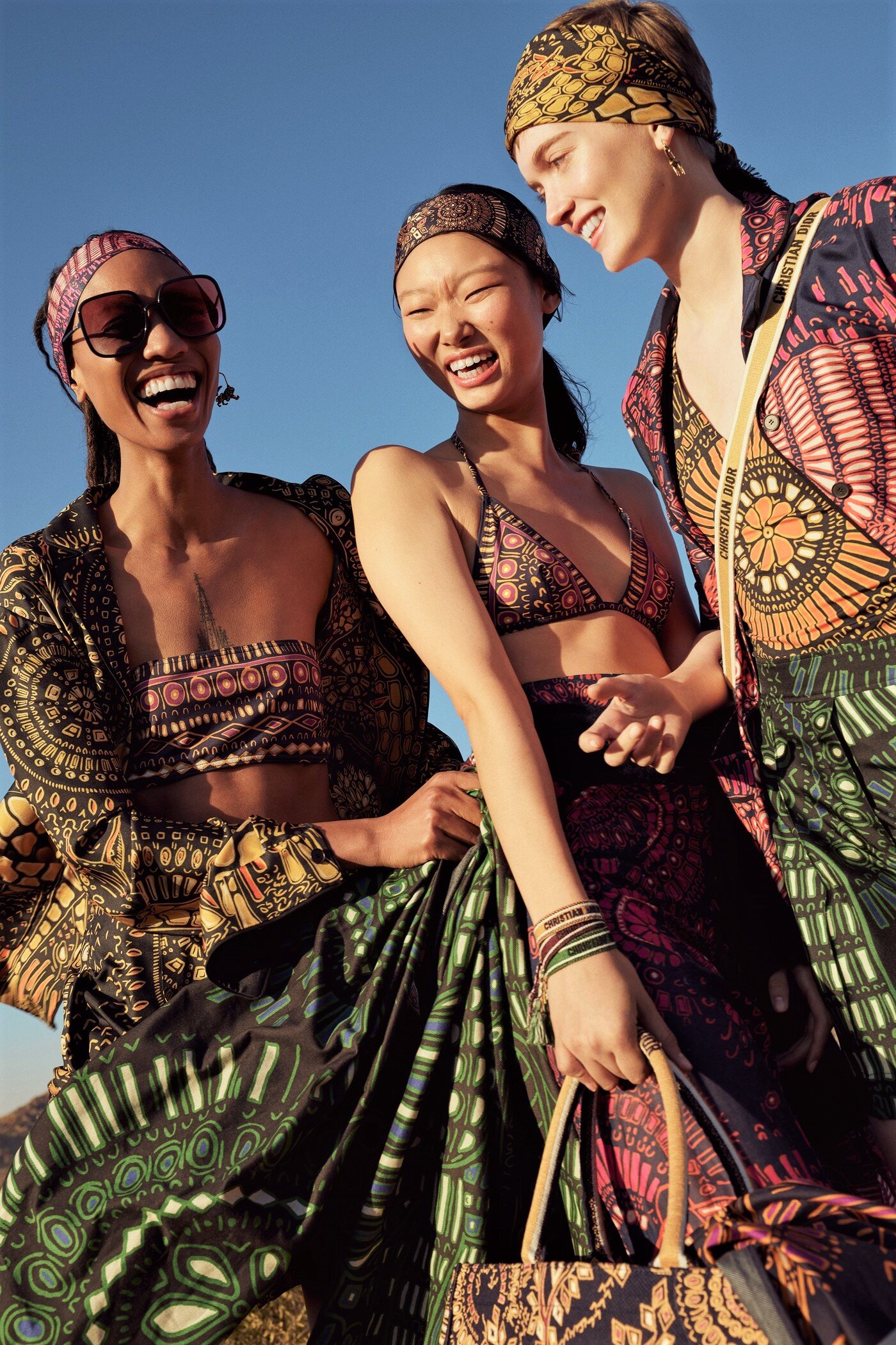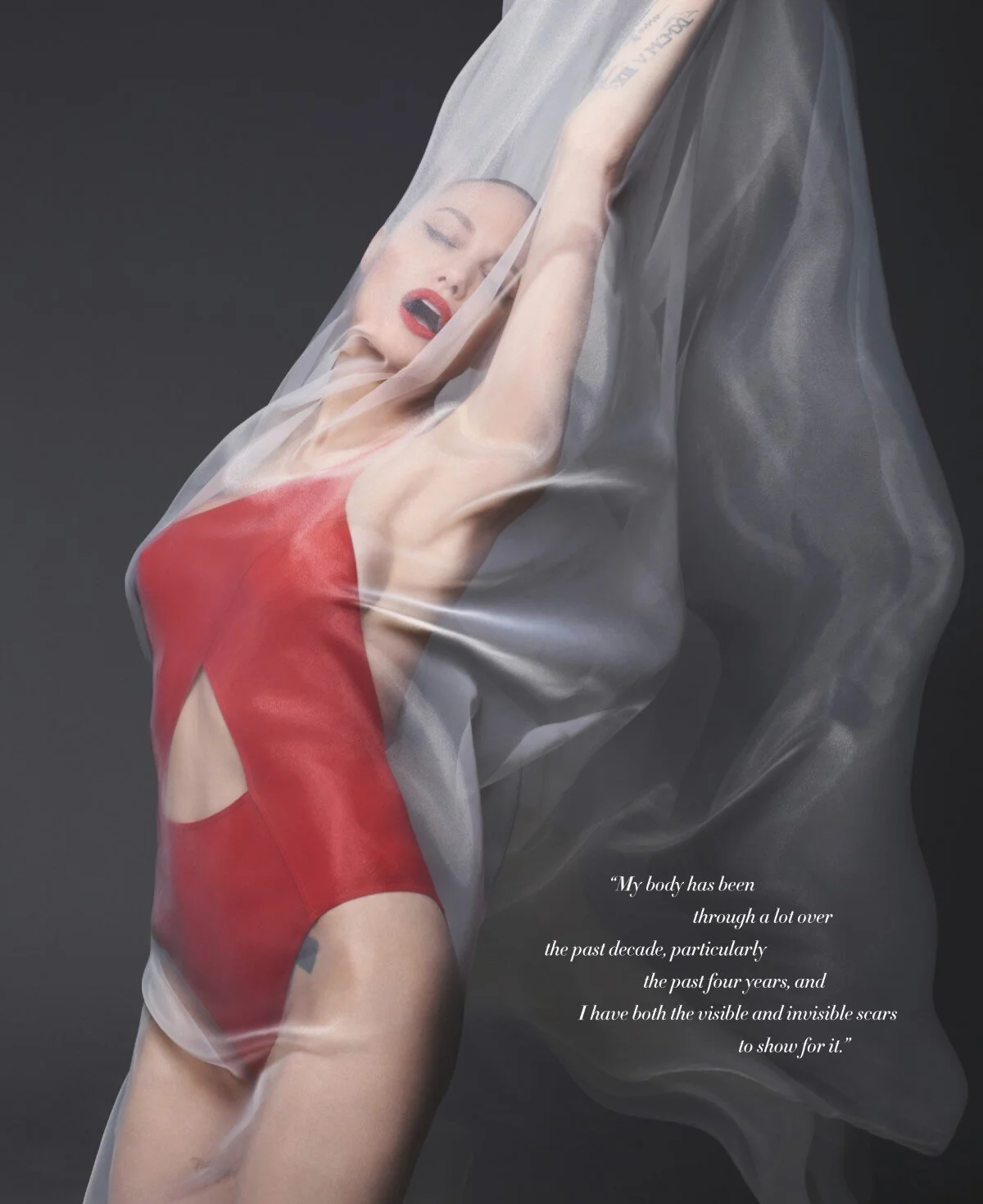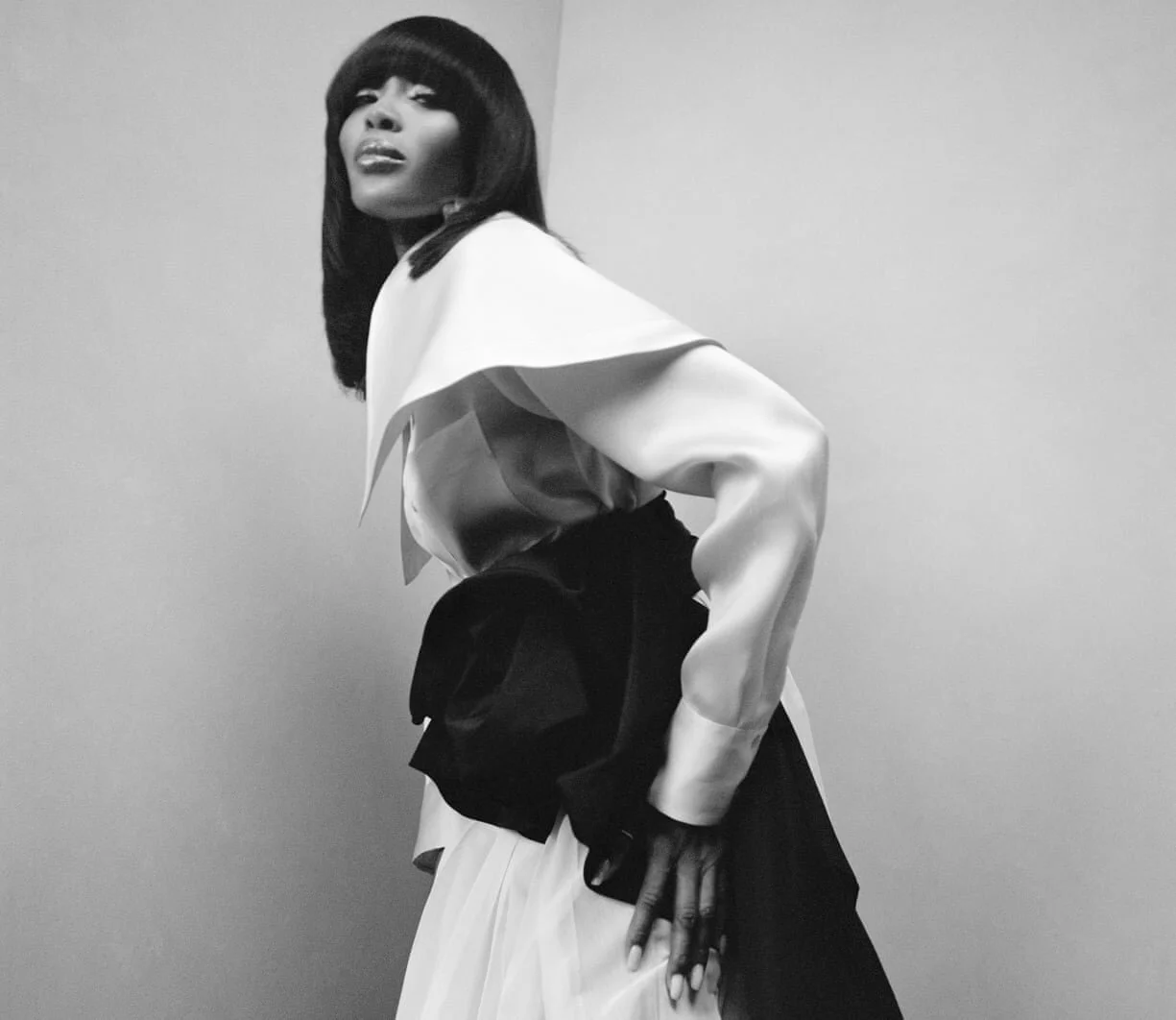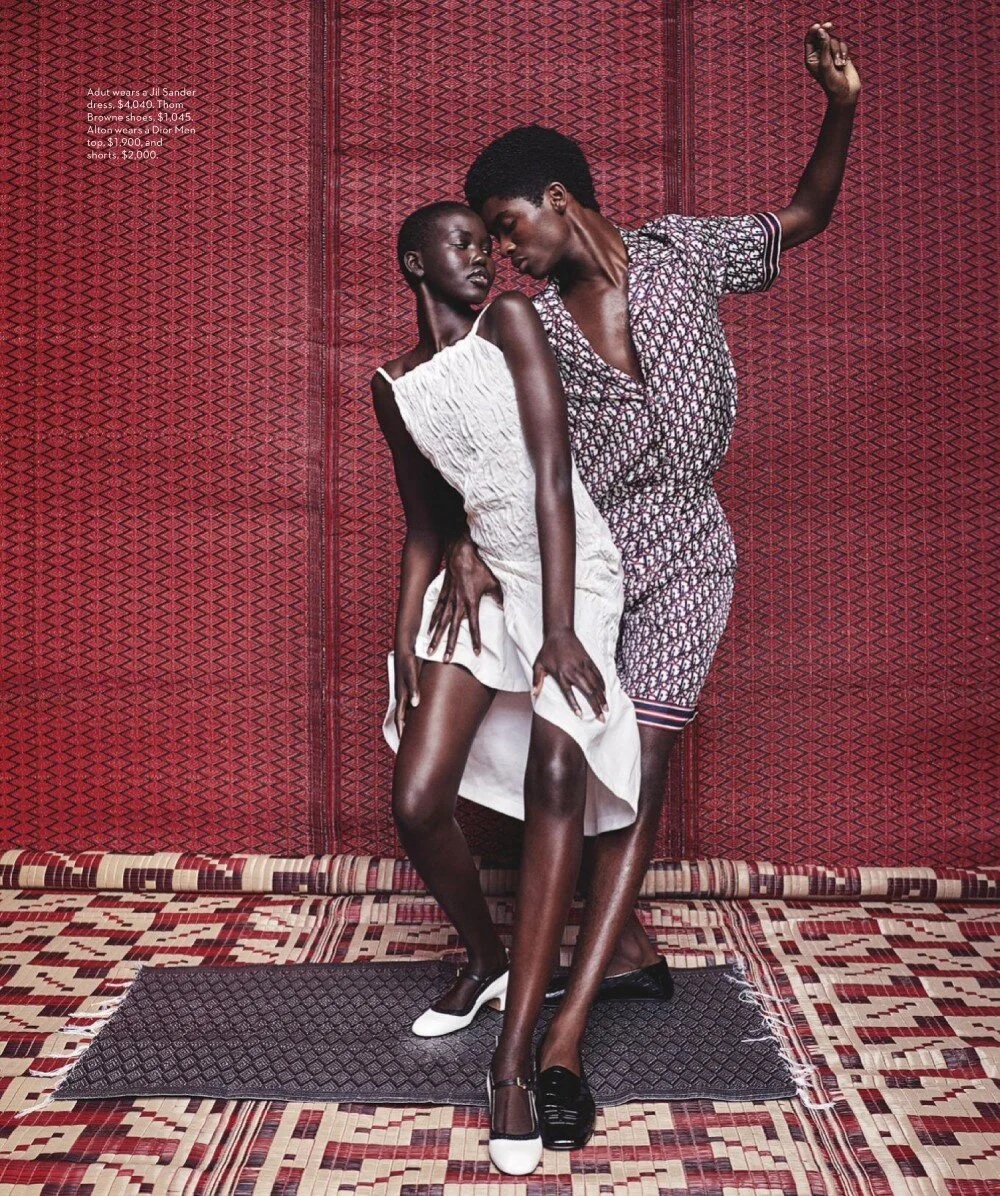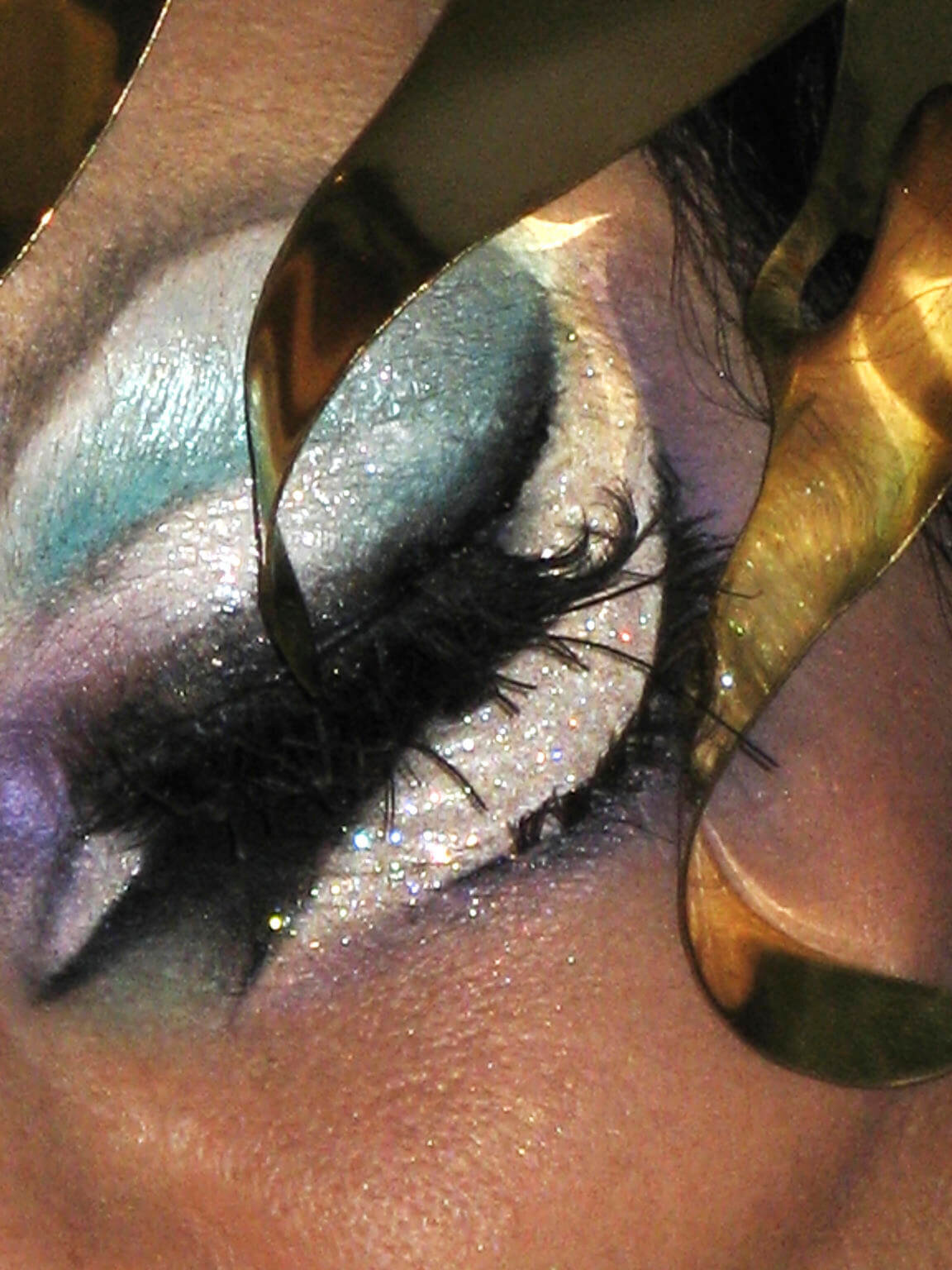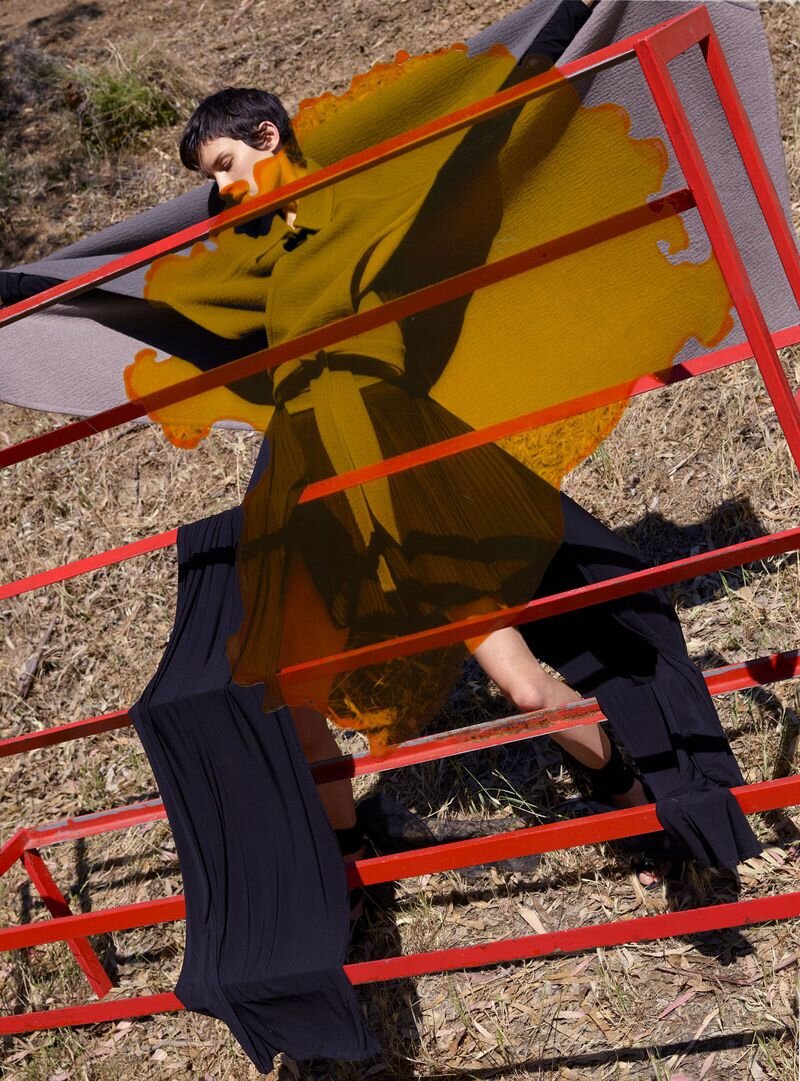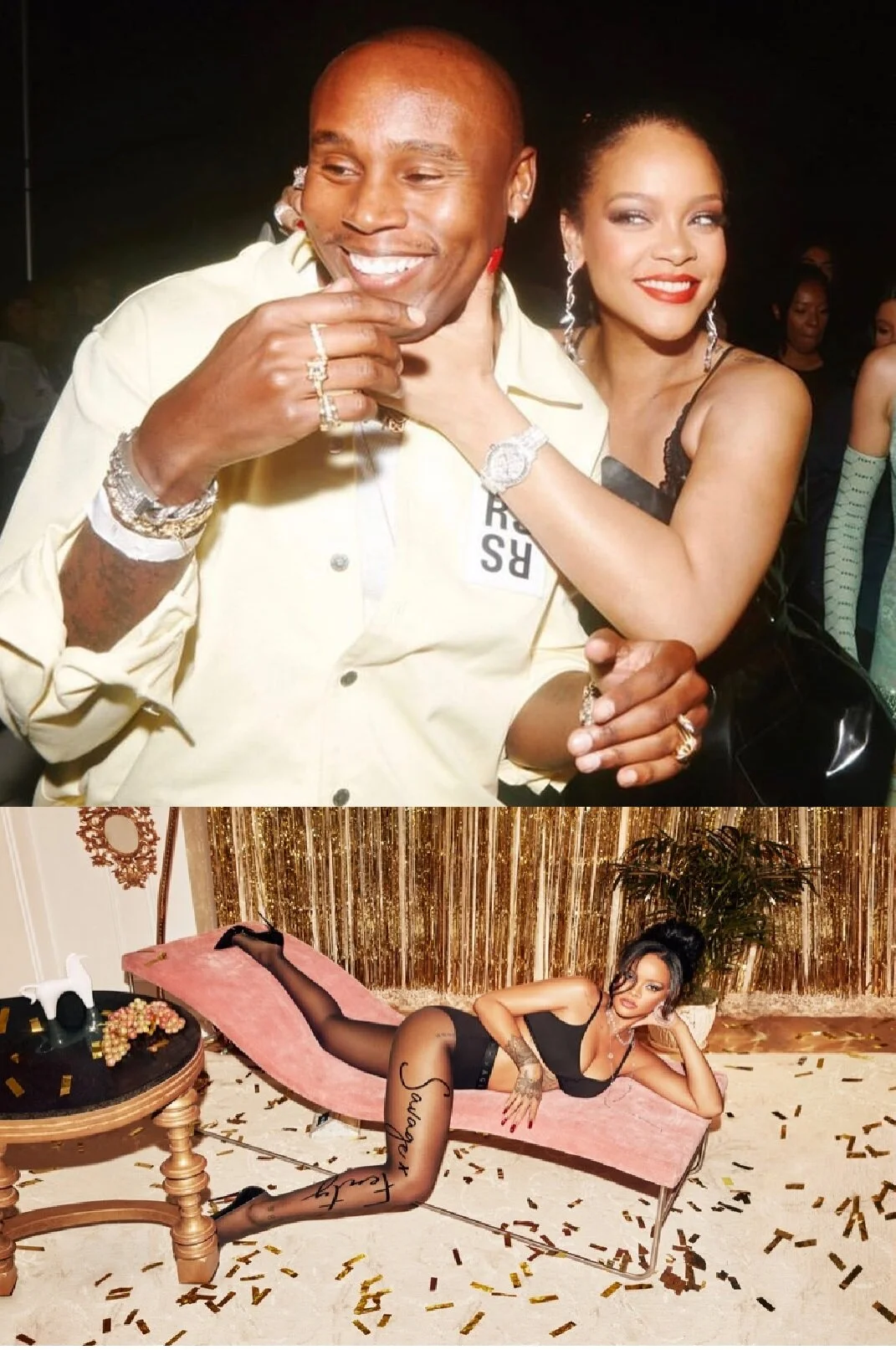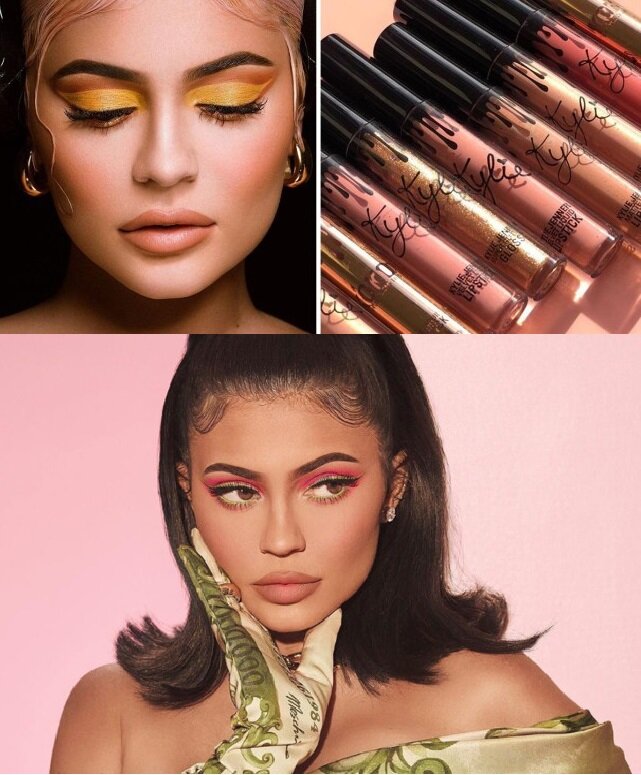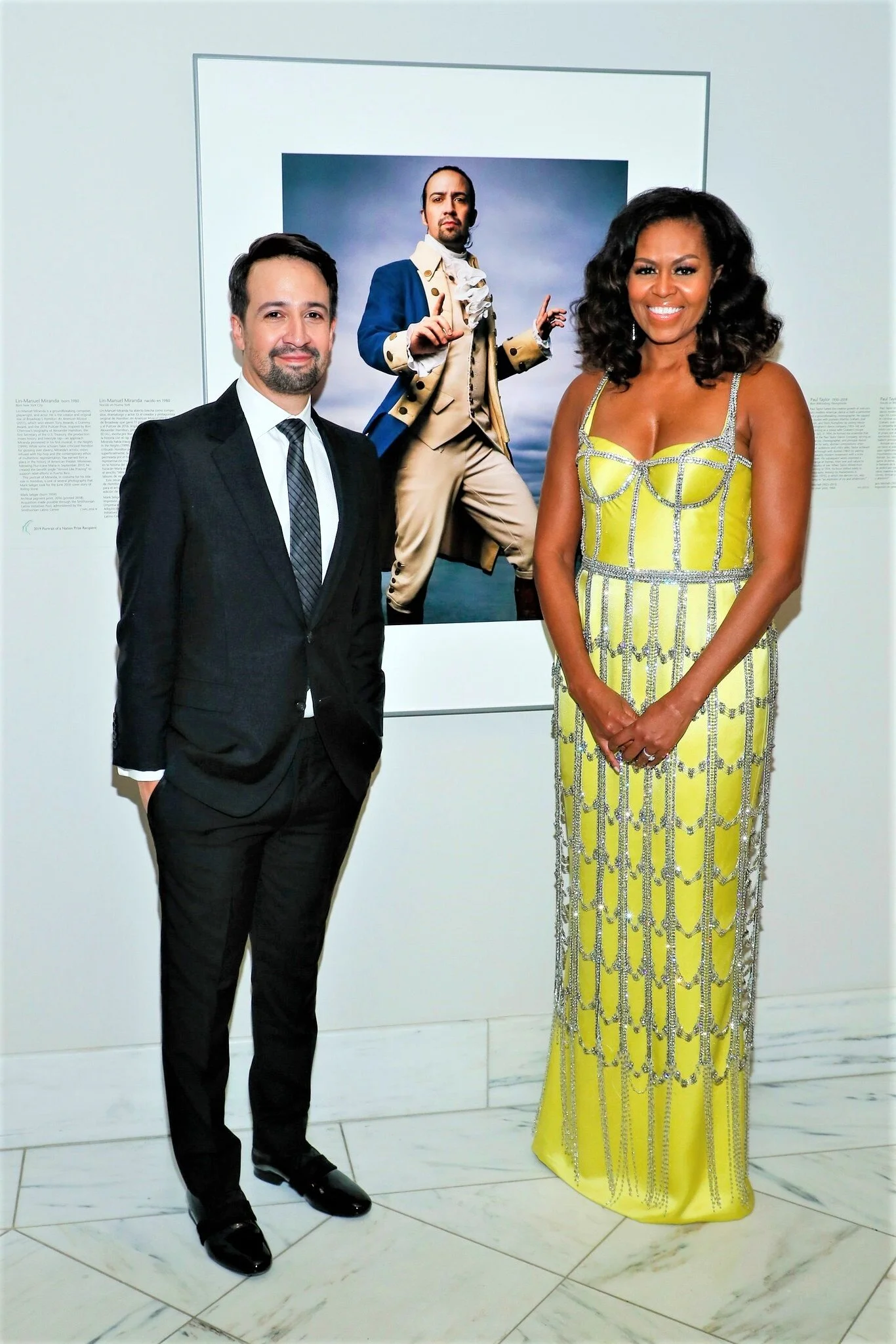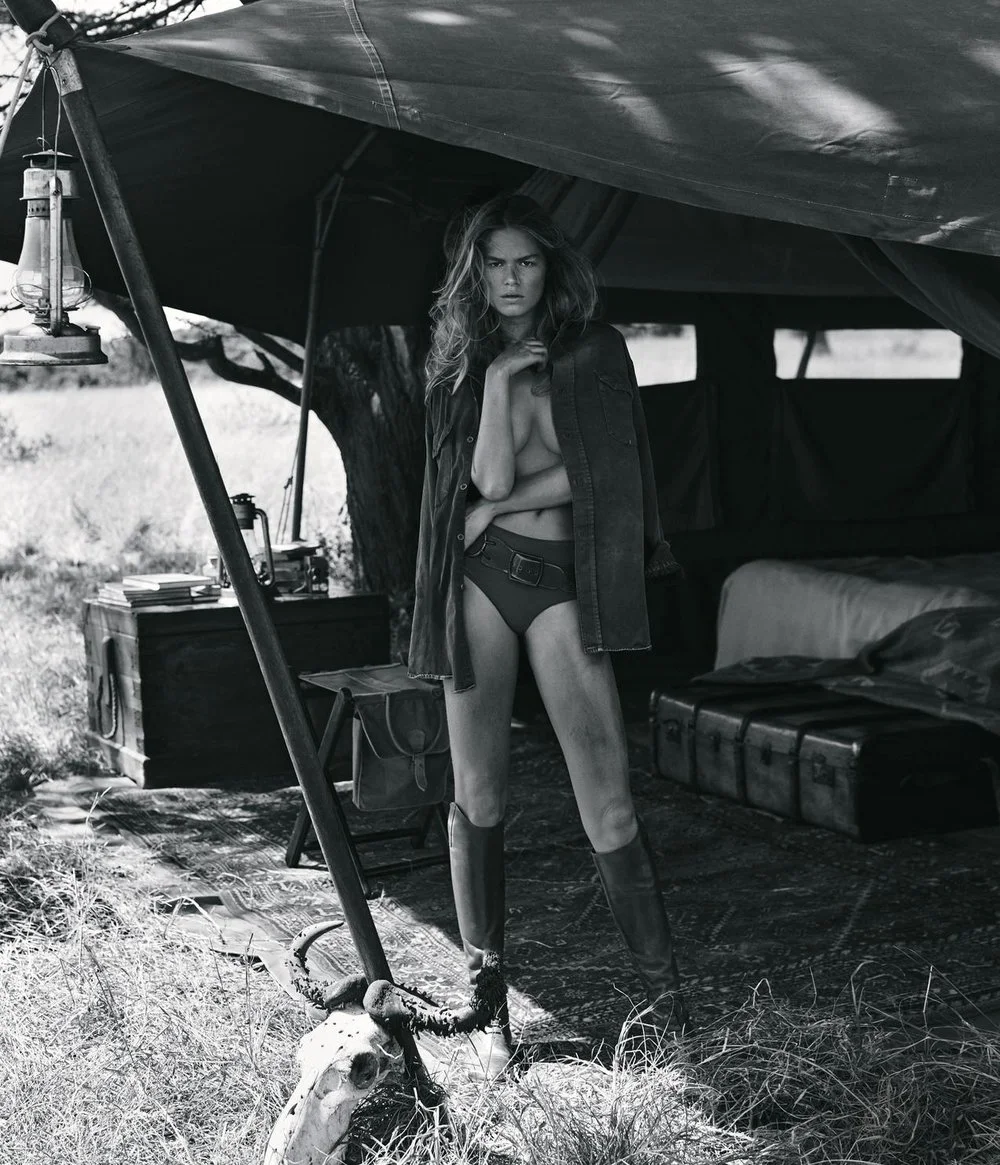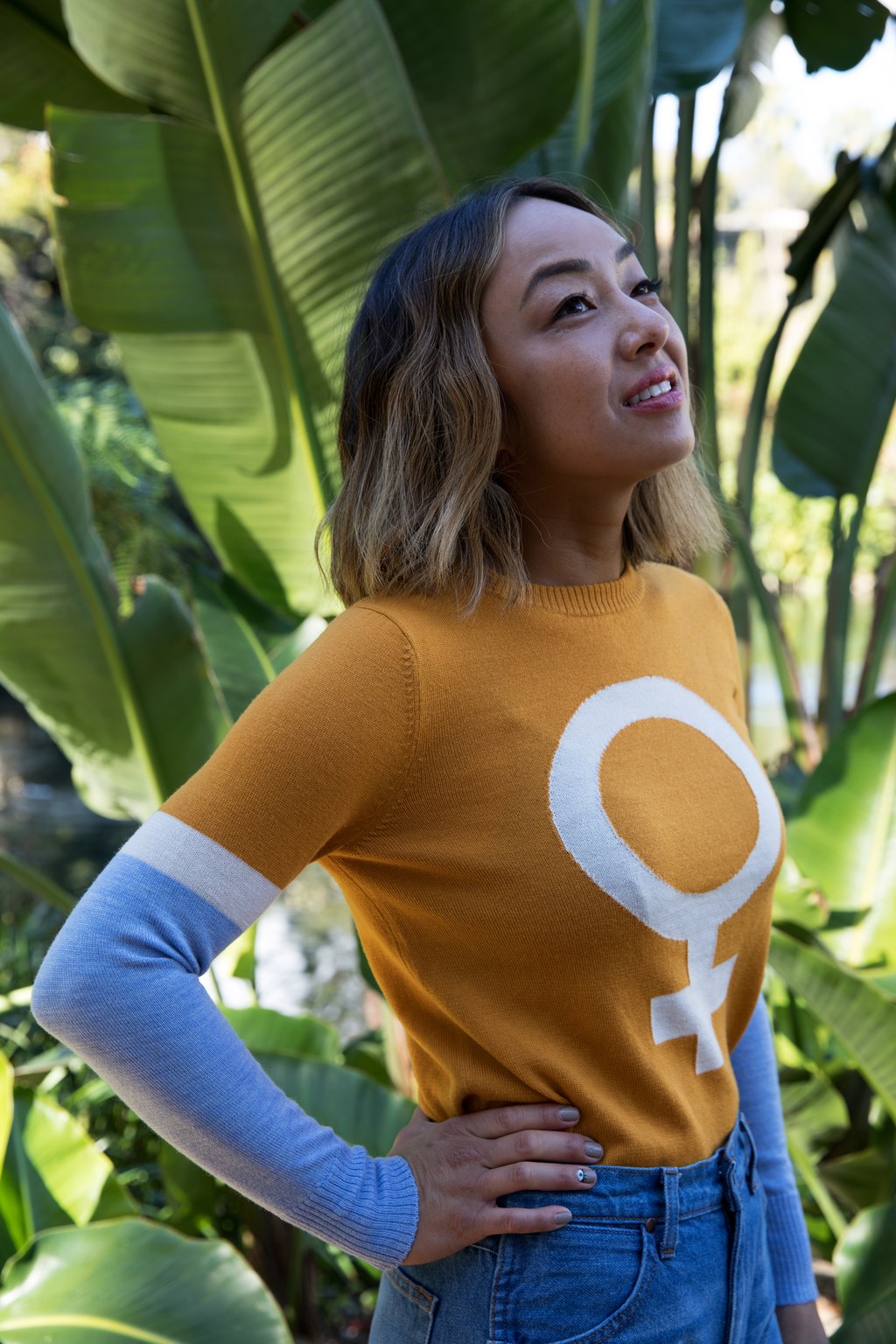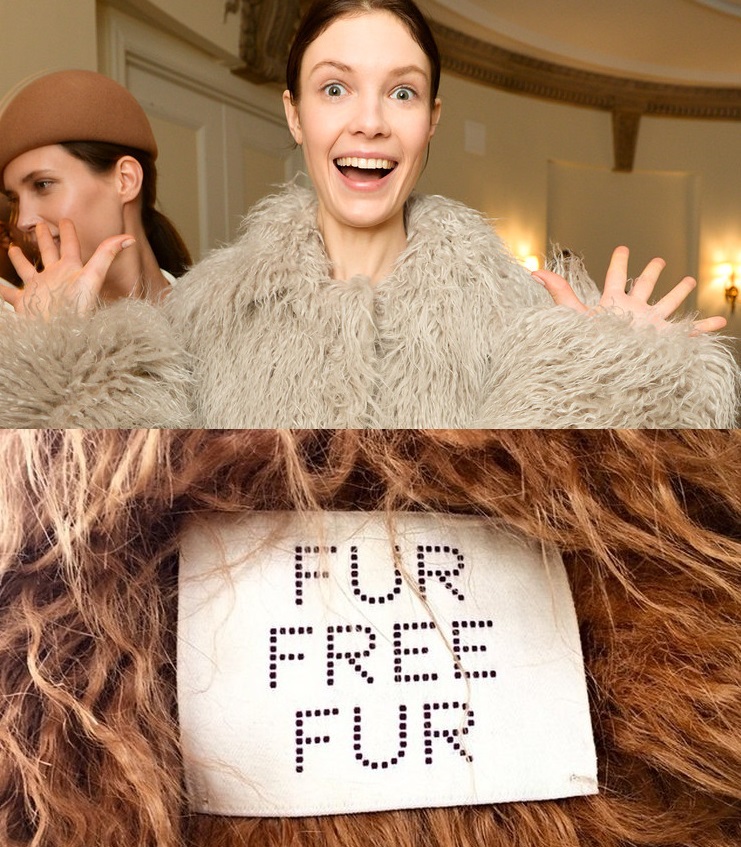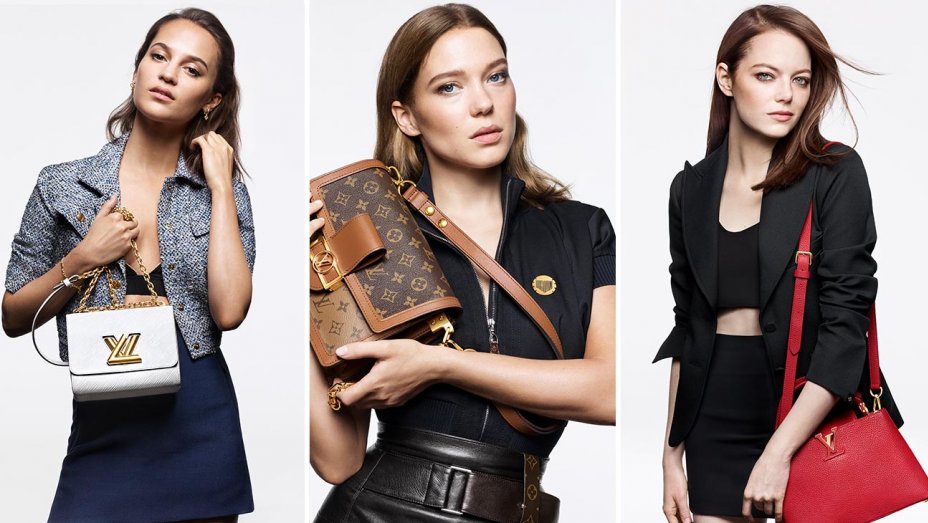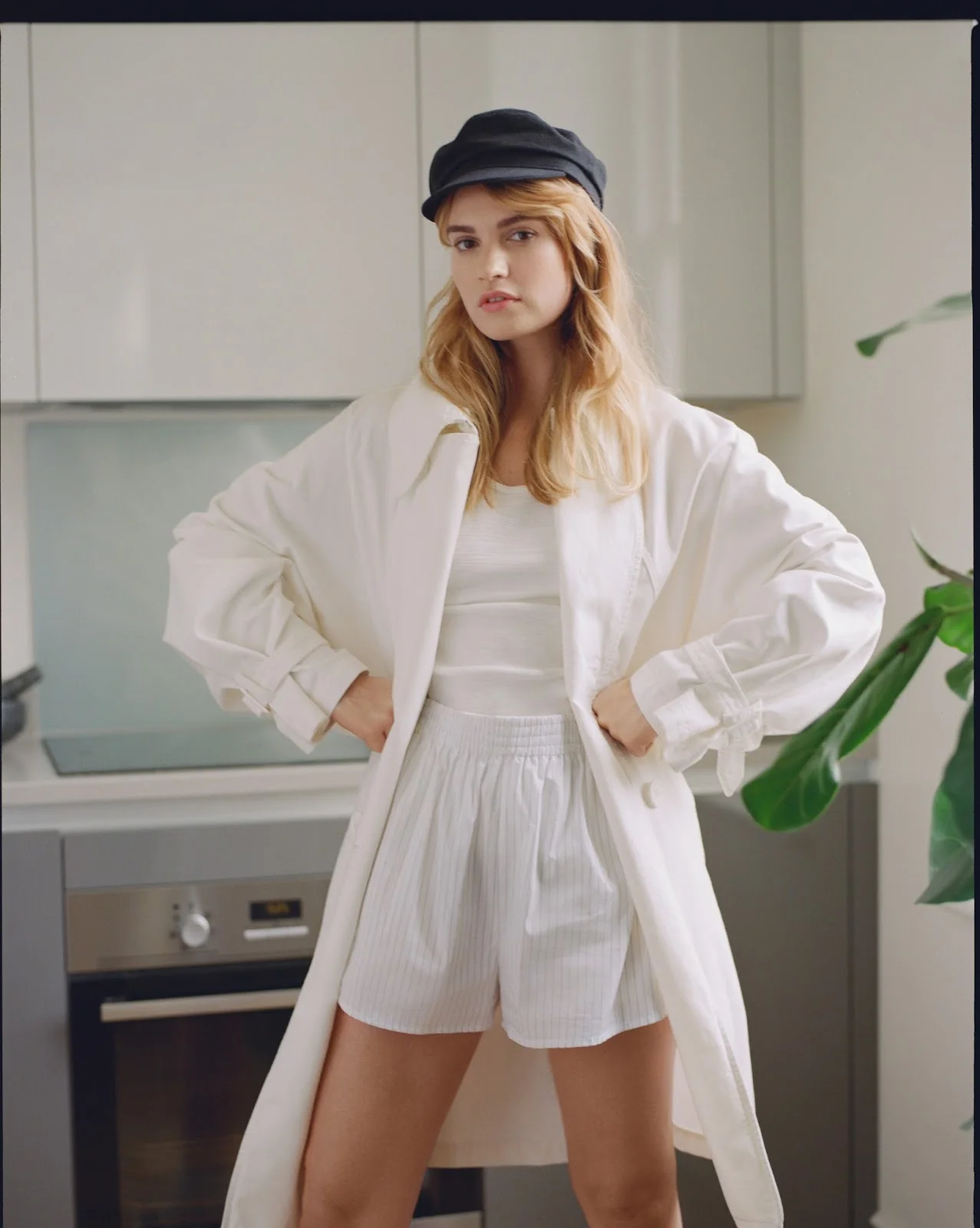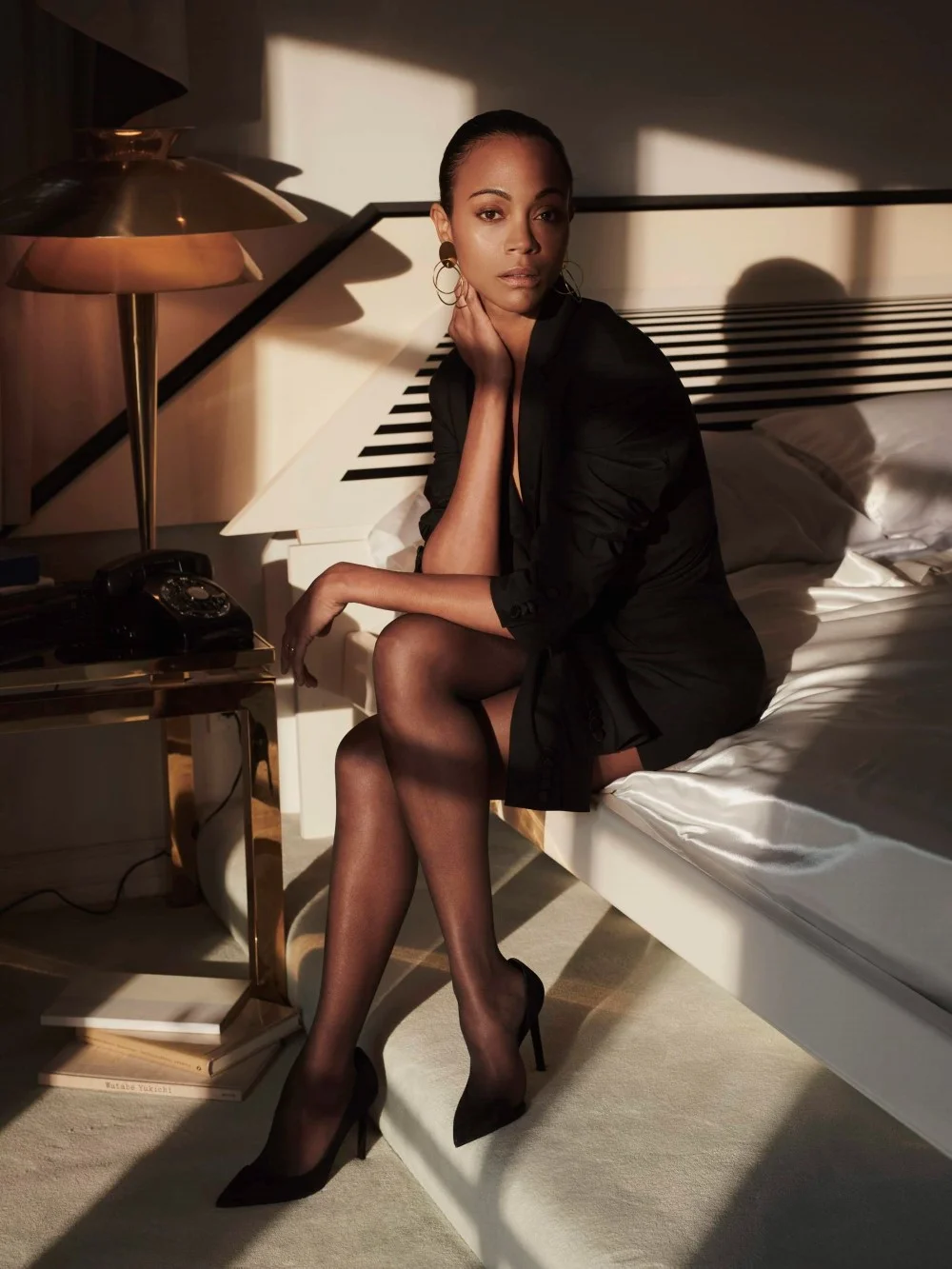Is White Models Going Black for Fashion's Sake What Luxury Customers Desire?
/
Running breathlessly between opening two new GlamTribale shops, delivering a new collection to Giant Steps Gallery in Philadelphia, and keeping the websites afloat, I must pause for a moment to comment on this white women in dark skin topic again.
‘African Queen’ Dust Up
Last week we had Ondria Hardin playing ‘African Queen’, lensed by Sebastian Kim for Numéro 141. I wrote then — and will write again this morning in response to Charlotte Cowles for the Cut and also Fashion Copious’ commentary about it being ‘lame’ to question darkening the light skin of fashion models to appear black — that I tend to land on the side of artistic freedom on this complex subject. Personally, I would never do it and the only reason that I don’t condemn it is because America is so politically-correct at this point, that we are on the verge of becoming creative robots with no juice in our brains.
Charlotte Cowles wrote:
No black models walked in A.F. Vandevorst’s show in Paris today, but several of the light-skinned girls appeared on the catwalk with their arms and hands painted black. Obviously, this looks bad. (When will fashion LEARN?) If the Vandevorst designers really wanted that visual effect, why not just have everyone wear gloves?
Is it ‘lame’ as FC suggests to point out this fact? No. It is never ‘lame’ for people to question the relationship between branding, marketing, images and their real-world impact on peoples’ psyches and especially the female psyche which is bombarded daily by the business strategies of mostly white men worldwide.
Also, Charlotte never suggested that Raf Simons is racist as FC suggests in quoting “someone at Fashin”. I think John should read This Story Stinks:
The Web, it should be said, is still a marvelous place for public debate. But when it comes to reading and understanding news stories online — like this one, for example — the medium can have a surprisingly potent effect on the message. Comments from some readers, our research shows, can significantly distort what other readers think was reported in the first place.
But here, it’s not the content of the comments that matters. It’s the tone.
In commenting on photographer Sebastian Kim’s apology to the controversy around ‘African Queen’, FC’s headine was ‘I Would Have Gone With ‘Fuck Off”. Now that is enlightening commentary, if I ever read one!
Sebastian Kim issued a statement saying:
I would like to apologize for any misunderstanding around my recent photos for Numero France. It was never my intention (nor Numero’s) to portray a black woman in this story. Our idea and concept for this fashion shoot was based on 60’s characters of Talitha Getty, Verushka and Marissa Berenson with middle eastern and Moroccan fashion inspiration. We at no point attempted to portray an African women by painting her skin black. We wanted a tanned and golden skin to be showcased as part of the beauty aesthetic of this shoot.
It saddens me that people would interpret this as a mockery of race. I believe that the very unfortunate title “African Queen” (which I was not aware of prior to publication) did a lot to further people’s misconceptions about these images. It was certainly never my intention to mock or offend anyone and I wholeheartedly apologize to anyone who was offended.
Fashion Fascism and Libertarian White Men
Personally, I take issue with libertarian white men who argue that there should be no public discussion around harnessing their unlimited creative freedom — 14-year-old naked girls, anorexic models, white girls wearing black skin. Bring it all on for the creative titans of the fashion world, argues FC. Good goddess! That sounds so 60s and 70s when so-called progressive men still expected women to get their coffee.
There is nothing wrong with bloggers, commentators, the fashion industry and real world customers having a discussion about intention in advertising and marketing. Numéro responded to the criticisms of Sebastian Kim’s ‘African Queen’ editorial saying:
The artistic statement of the photographer author of this editorial, is in line with his previous photographic creations, which insist on the melting pot and the mix of cultures, the exact opposite of any skin color based discrimination. Numéro has always supported the artistic freedom of the talented photographers who work with the magazine to illustrate its pages, and has not took part in the creation process of this editorial.
Numéro then adds facts that are pertinent to the discussion:
Numéro Magazine considers that it has regularly demonstrated its deep attachment to the promotion of different skin-colored models. For instance, the next issue of Numéro for Man on sale on 15th march has the black model Fernando Cabral on the cover page, and the current Russian edition’s cover of our magazine features the black model Naomi Campbell on its cover. This demonstrates the completely inappropriate nature of the accusations made against our magazine, deeply committed to the respect for differences, tolerance and more generally to non-discrimination.
Personally, this is my assessment of Numéro magazine and most definitely of Sebastian Kim’s work as a fine fashion photographer. I personally favor artistry that emphasizes the universality of the human race. We ALL have African blood in our veins.
I don’t agree with Julee Wilson writing for the Huffington Post on the ‘African Queen’ editorial:
Furthermore, pointing out a few covers featuring people of color does not save you from ridicule and definitely doesn’t make the accusations/backlash surrounding the current situation “inappropriate.” What’s inappropriate is not hiring a black model in the first place.
I think if we did a total examination of Numéro’s editorial policy on using black models, we would find them in pretty good standing. This is NOT the norm for the fashion industry! To question the overall lack of diversity in images and runway models is fair and accurate.
I read a comment about the lack of any black models in the recent Dior fashion show as “not a problem, because blacks don’t wear Dior”. Another commenter replied, “I guess they only wear Gucci” — with Gucci being a sexier brand. By any thinking person’s standards, the first comment was racist — accompanied by a clever response.
Let me step back here, because I believe that a certain insight is missing from the discussion. At least I am not talking about a quota system by skin color for models on the runway, in fashion magazines or in ad campaigns.
Smart Sensuality Luxury Customers
For over a decade now, I’ve filtered my own cultural, business analysis through the values of three distinct, global subsets people: Moderns, Cultural Creatives and Traditionals. My own target customer is the Smart Sensuality woman — a researched intersection of former Moderns who become Cultural Creatives and retain their love of style.
That would be me — although I was never a true Modern at heart. The conflict between my Modern values career as a key exec at Victoria’s Secret and my Cultural Creative values became too great for me. That statement is not a reflection on Victoria’s Secret in any way. It’s a personal conflict that required a resolution and new life path.
Cultural Creatives as a group worldwide, and Smart Sensuality women, too are gaining in numbers against the Moderns — which was 50% of the population in developed countries 15 years ago. We are in the ascendancy and we do not like lily white branding.
Personally, I’ve always found Sebastian Kim to be a Smart Sensuality photographer — a man who truly loves women and brings out our sensual spirits with his lens. I like Numéro for the same reason.
Smart Sensuality women — who are disproportionately higher-income, educated women want to see racial diversity on the runway, in fashion media and in ad campaigns. Many Smart Sensuality women are Dior customers.
In the world of global luxury branding, the split between Modern, Smart Sensuality and Traditional consumers is probably 45-35-20. (Note that the Cultural Creative segment is largely anti-fashion, finding it to be of little consequence to issues that matter in life). To the best of my knowledge, it hasn’t been measured, but there is no doubt that the preferences of a large number of luxury customers for racial diversity on the runway isn’t being honored. We see true beauty in black skin and hunger strongly for a more representative vision of fashion for our consumption.
Is Skin Color A Trend?
Forget America’s obsession with political correctness and quotas. Forget the smart ass comments of bloggers looking for page views with sensational headlines. Any thinking Smart Sensuality PERSON notes an editorial like ‘African Queen’. It’s not in our psychological DNA not to notice it. When the Numéro editorial is followed by models with blackened skin on Parisian runways, we simultaneously ask: “where is this going?”
Frankly, the situation could go to a good place — one that communicates the reality that we are a blurred, global pot of people — as Sebastian Kim believes. I share his vision.
If black, Latino and other people of color were better represented in the fashion industry — as Smart Sensuality luxury customers perfer — then this artistic advancement of white models going blackface wouldn’t be so controversial. Because the industry remains so lily white for the most part, it’s reasonable to question the intentions of ‘African Queen’ and models going blackface.
I will say this, Paris. If this is a trend, you better get out front with some honest conversation from creatives about their vision and why it is important to us all. My own GlamTribale jewelry collection is meant to cross this divide between skin colors, so I’m super sensitive to Kim’s frustration and despair over finding himself the subject of such controversy.
Reasoned Support for Artistic Freedom
Sebastian Kim must stay his own course, knowing that many of us will support him. As for the knee-jerk responses from others —coupled with f*ck off profanity — it does nothing to elevate public discourse around this volatile subject.
Cooler, introspective minds — and not all of them white men — must prevail. Because when the demand for artistic freedom is plastering the front page of a website with naked, nubile girls in a world where seven-year-old girls are expected to perform oral sex at a now-closed school in LA, I say that a certain amount of mature discretion and clipping of the male, creative wings is required.
I found myself in a private fracas with a photographer and the mother of his 14-year-old model a few months ago. When he told me that I had to publish his photos because we have to stop the Taliban who is ruining women’s lives, I choked. It was one of the most opportunistic, self-absorbed, manipulative-of-me statements I’d heard in a long time. I said “no” and suggested he take them to monsieur, the king of creative freedom.
Hearing Women’s Voices
Bottom line, these topics are complex. Let me say loud and clear, that this conversation should be lead by women because we are the target audience. It’s our minds that are being manipulated and spoken to directly — and women demand a voice.
Forty years ago, I believed we would be in a different place in 2013 in women’s rights and racial diversity in the fashon. We’re not. Therefore, many of us are on high alert in a digital world that allows us to sound off on the refusal of an industry to adapt to the wishes of its consumers.
Does this voice tend to be too politically correct in America? Yes. But that doesn’t mean we should end the dialogue, letting the white-male-dominated, fashion industry tell us what to eat for breakfast. ~ Anne
Previously:

Bernard Arnault Explores Luxury Brands & Smart Sensuality Values


